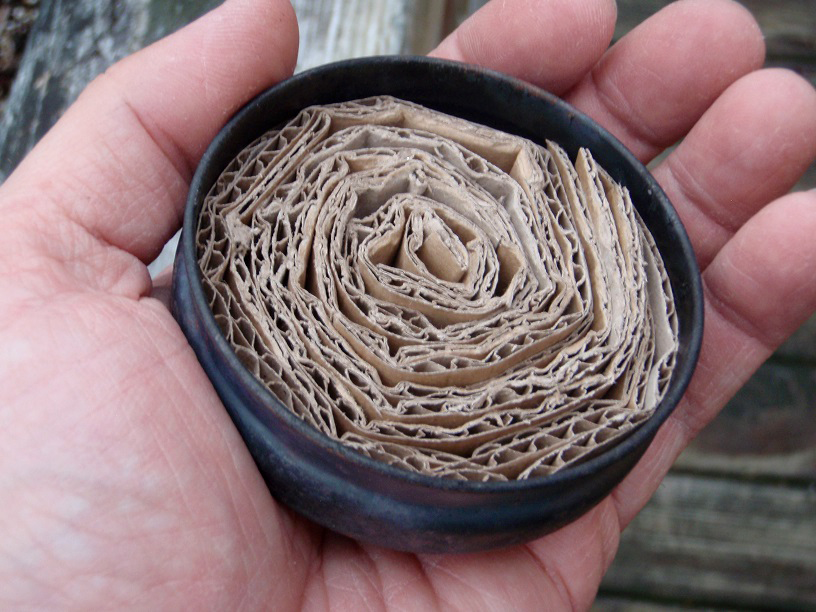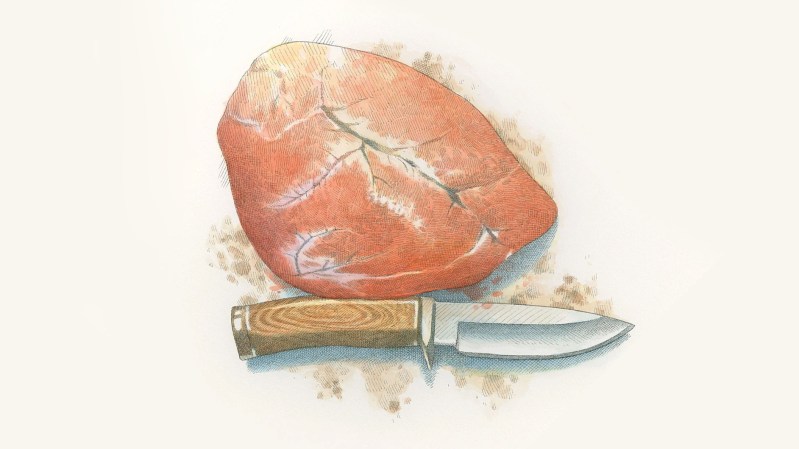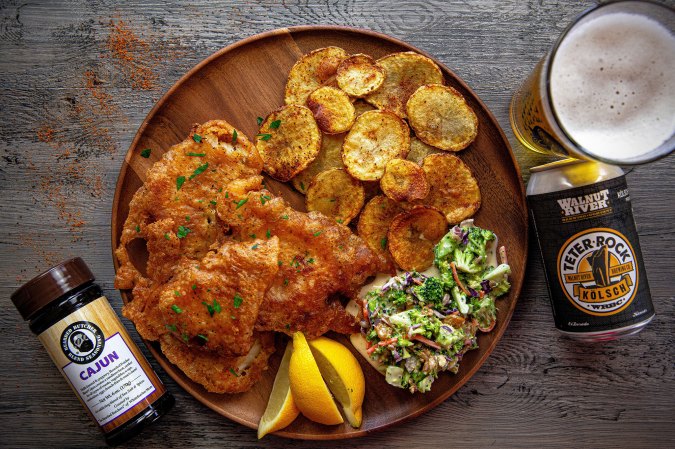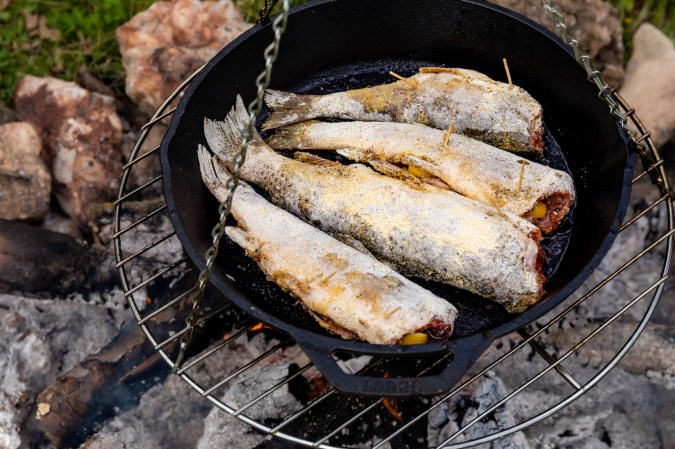Being able to cook food and boil water are true necessities in a survival situation. Thankfully, it’s easy to turn a piece of trash (like an empty tuna can or Altoids tin) into a serviceable cooker. All you need is a stable, fire-proof spot to set up the stove (preferably outside) and the simple items listed below. Keep a fire extinguisher handy too, just in case things take a spill. So without further delay, here are three different ways to make your DIY stove, using a variety of common materials.
Method 1: Cardboard and Wax
A shallow metal can, some wax and cardboard can turn into a quick cook stove with a long burn time. Just follow these easy steps.
STEP 1
On a fire-proof surface, set up several bricks to form a hearth.
STEP 2
Fill an empty tuna can with coiled strips of cardboard, set it on the hearth and pour melted wax over it (any kind of wax will work, but beeswax burns the longest). And be careful when handling the hot wax, and don’t completely drown the cardboard under the wax. A little bit of cardboard should be showing around the entire can for an effective burn.
STEP 3
If you plan to use the stove now, light the cardboard in the can with a stick match and watch your stove flame up. If you are making a stove to use later, leave one thin strip of cardboard sticking up higher than the rest for easy lighting.
STEP 4
Once your stove is lit, place your pot over the stove, sitting on the raised brick hearth and start cooking. Keep a piece of tin foil handy, to cover the can and extinguish the stove if your cooking is done before you run out of fuel.
Method 2: Alcohol Can
Using a similar setup, bricks for a hearth and an empty tuna can, you can also fill the can with alcohol to do your cooking. High proof drinking or rubbing alcohol will work fine, just remember that the flames of burning alcohol can be very difficult to see in daylight, so use caution to avoid burning your fingers. It’s also important to wait until the can has burned out completely before adding more alcohol. Pouring alcohol into a burning stove can be very dangerous. Be careful to avoid spills and overfilling.
Method 3: The Oily Rag
Using the same brick hearth and tuna can, coil up a piece of cotton cloth in the can and pour cooking oil all over it. This is a great use for rancid oil that is no longer suitable for consumption.
Have you made a stove like this? Please tell us what you used by leaving a comment.






















